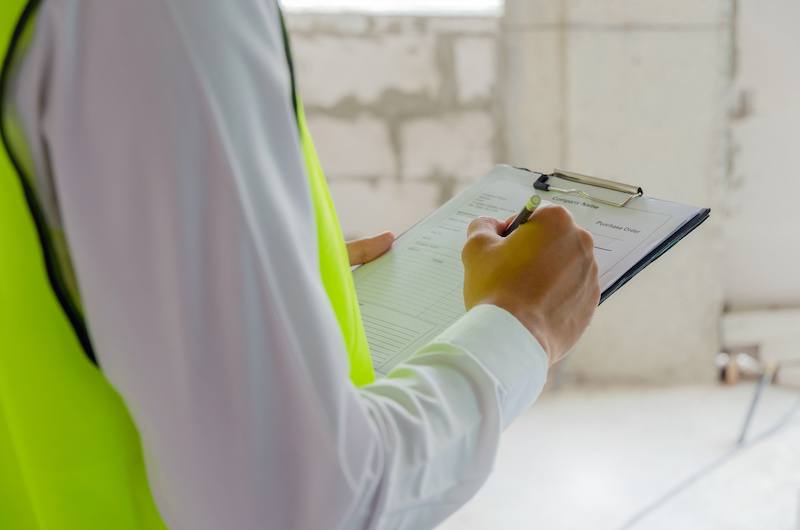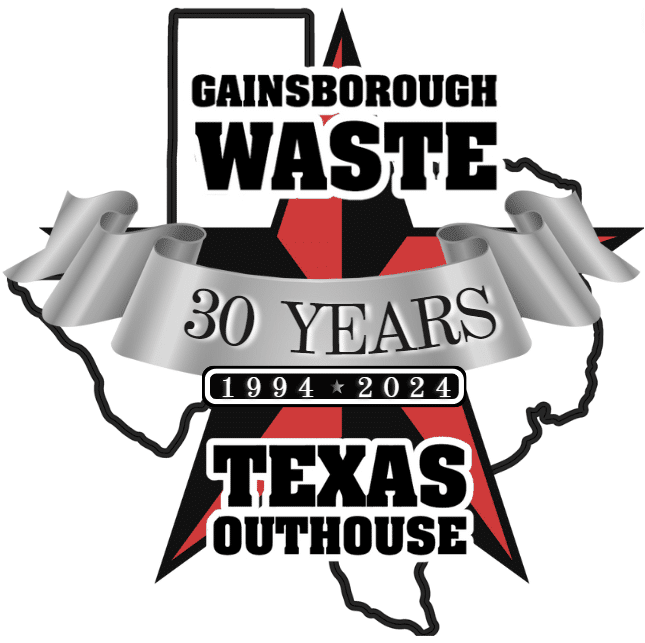You’re making your construction site safety checklist and checking it twice. With so much that goes into managing a construction site, it can feel like you constantly have to adjust your priorities to keep up with all the moving parts. But you shouldn’t have to compromise on safety.
Prioritizing is a big part of your job, and you’re already making a system to ensure you run a safe construction area. But are your site’s safety inspection checklists as thorough as what the OSHA safety inspector will be using? And when the dust begins to settle, how forward-thinking are you about managing the waste that will be created?
5 Key Areas for Your Construction Site Safety Checklist
Here are a few areas a construction manager should focus on to keep their construction site as safe as possible, including having a reliable solution to manage waste that will be generated at the job site.
1. General Housekeeping
It’s easy to get caught up in worrying about managing dangerous chemicals or ensuring every worker has ample PPE for the job — and with the importance of safety, these can be good things to focus on. However, construction waste can also make a site much more dangerous for workers and create problems when inspection time rolls around.
You must keep all exits and access points free from obstruction and have a place to store everything properly. Many also overlook their trash or construction waste needs, assuming they’ll have enough disposal space or will figure it out later.
Without a proper place to hold construction waste, the excess material can present a severe tripping hazard and create other unintentional risks. Having adequate trash receptacles and finding a way to maintain them can help reduce the risk of injury at the job site.
2. PPE
Every construction manager will consider PPE, but are you confident you have enough for the job? Each construction site will demand a different set of PPE, and it’s wise to plan to have most, if not all, of the protection you can think of.
Hard hats and safety glasses are mandatory, but hearing protection or traffic vests that make workers easier to see are underrated PPE pieces that can make your site much safer.
Foot protection is also important for jobs involving electrical work, plumbing, metal, drywall, and more. It’s best practice to at least have these on hand somewhere, even if you find they aren’t necessary for every phase of the project.
3. Planning for Training
It’s your responsibility as construction manager to oversee the construction site, but you can’t be everywhere at once. Part of that responsibility includes planning and training your core team to ensure all workers are following your safety practices.
This planning should include appointing one person to be the safety representative — someone others can talk to if they have a question or concern regarding site safety.
You’ll also want to take all employees through basic safety training and schedule regular meetings with the safety point of contact. And perhaps most importantly, you should get familiar with an emergency action plan. No matter how much effort you put into your site’s safety, you should always have a backup plan should the unexpected happen.
4. Traffic Control
Outside factors that affect construction site safety can be hard to predict, but it’s still important that you try to plan for them whenever you can. A good example is traffic. Construction sites that deal with traffic need a separate traffic control manager and a traffic control plan to keep the workers safe.
Keeping construction areas free from refuse is also essential for safety, not just for your employees but also for anyone driving in the area and for the flaggers who control the traffic flow. Traffic control is another excellent reason to ensure you have enough dumpsters to harbor your construction waste and keep it out of the streets.
5. Individual Checklists
A master checklist may sound more efficient, but running separate safety inspection checklists can help you think through each aspect of construction site safety. Separating these elements allows you to be more thorough and keeps you from missing crucial items that affect some sites, like those that require handling hazardous chemicals.
You can also easily swap out checklists, depending on the project. Break your checklist down the same way an inspector would, keeping a master or general checklist for things you expect to run into on any worksite. This checklist might include items like hard hats or keeping entryways and exits free from construction waste.
Complete Your Checklist with Roll-Off Dumpster Rentals
It’s time you add a critical element to your construction site safety checklist: renting a roll-off dumpster from Gainsborough Waste for your construction site. We offer dumpsters in multiple sizes to support the safety needs of every type of construction project in the Greater Houston area:
- 15-yard roll-off dumpster
- 20-yard roll-off dumpster
- 30-yard roll-off dumpster
- 40-yard roll-off dumpster
We’ll set you up with dumpsters that have enough room for your project so you don’t have to worry about waste putting your workers in harm’s way.
Contact us today to learn more about our dumpster selection. Call us at 713-785-8050 to speak with a team member directly. Our local team is ready to help you book a roll-off dumpster for the construction site!

